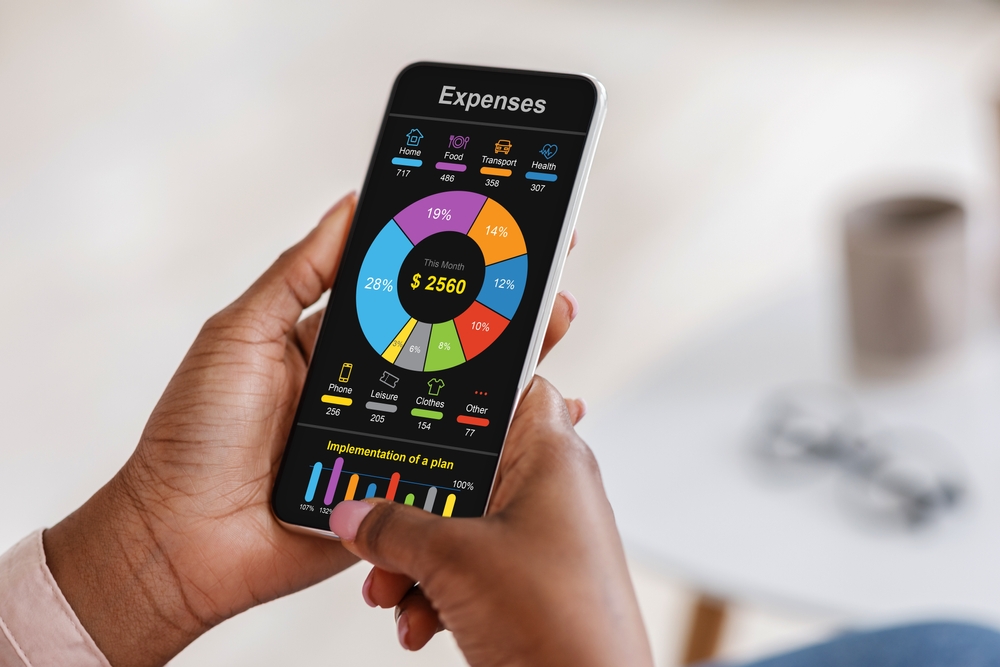Managing money isn’t just about numbers—it’s about mindset. The way you think about money can either set you up for financial success or sabotage your bank account without you even realizing it. Psychological money traps can make you overspend, under-save, or convince you that you’re making smart financial decisions when you’re actually hurting yourself in the long run. Here are ten psychological money traps to avoid at all costs.
1. Falling for the Sunk Cost Fallacy

The sunk cost fallacy convinces you to keep throwing money at something just because you’ve already spent so much on it. Whether it’s a bad investment, an unused gym membership, or a failing business, this mindset makes you believe that quitting now would mean wasting everything you’ve already put in. In reality, money that’s already spent is gone, and clinging to a bad financial decision only makes things worse. Letting go of a sunk cost frees you to redirect your resources toward something more valuable.
According to Frontiers In Psychology, people struggle to cut their losses because their brains are wired to avoid waste—even when continuing means losing even more. Instead of focusing on what’s already lost, shift your thinking to future gains. Ask yourself: “If I hadn’t spent anything yet, would I still invest in this today?” If the answer is no, it’s time to walk away. The best financial decisions are made based on potential returns, not past regrets.
2. Believing More Money Will Solve All Your Problems

It’s easy to assume that once you earn more, all your financial worries will disappear. But lifestyle inflation—the tendency to spend more as income rises—often keeps people trapped in the same financial struggles, just with bigger numbers. Without disciplined money management, even high earners can find themselves living paycheck to paycheck. If you don’t develop good financial habits at a lower income, more money will only amplify your spending mistakes.
Research from the National Bureau of Economic Research found that even lottery winners often end up in financial ruin because they don’t adjust their habits. The real solution isn’t just making more money—it’s learning how to manage what you already have. Focus on building savings, minimizing unnecessary expenses, and investing in assets that grow over time. Long-term wealth isn’t about how much you make; it’s about how much you keep and how wisely you use it.
3. Letting FOMO Drive Your Spending

Fear of missing out (FOMO) isn’t just a social media phenomenon—it’s a powerful force that makes people overspend. Whether it’s buying the latest gadget, taking an expensive trip, or jumping on a trendy investment, FOMO convinces you that if you don’t spend now, you’re missing a once-in-a-lifetime opportunity. This mindset leads to impulsive spending, often at the expense of long-term financial stability. The desire to keep up with others can push you into unnecessary debt and prevent you from building real wealth.
According to a Journal of Consumer Research study, people are more likely to make financial decisions based on emotions rather than logic, particularly when they feel they’re being left out (source). The best way to counteract FOMO is to take a step back and ask yourself whether the purchase aligns with your financial goals. If you wouldn’t buy it without external pressure, it’s probably not worth it. Delayed gratification is one of the most powerful tools for financial success.
4. Viewing Credit as Free Money

Credit cards and loans can create the illusion that you have more money than you actually do. The ability to swipe now and pay later makes it tempting to spend beyond your means, especially when marketing tactics make minimum payments seem manageable. But what starts as a small purchase can quickly snowball into a debt cycle that’s difficult to escape. High-interest rates ensure that even minor balances can balloon into financial nightmares over time.
The reality is that every borrowed dollar costs more in the long run, and carrying a balance on your credit card is one of the most expensive ways to spend. Instead of relying on credit, develop the habit of only purchasing what you can afford to pay off immediately. If you do use credit, treat it as a tool rather than a lifeline—use it to build your credit score, earn rewards, and manage cash flow, but never as an excuse to spend money you don’t actually have.
5. Confusing Wants With Needs

Modern marketing is designed to blur the line between necessities and luxuries, making it easy to justify purchases that aren’t truly essential. Retailers use phrases like “you deserve it” or “treat yourself” to make you feel like every expense is reasonable, even if it’s beyond your budget. This psychological trap makes it hard to prioritize true needs over temporary desires, leading to chronic overspending and financial instability.
To avoid falling into this trap, establish clear financial priorities and stick to them. When faced with a spending decision, ask yourself if the purchase is essential for survival or simply something you want in the moment. Creating a budget that categorizes necessities separately from discretionary spending can help keep your finances in check. Long-term financial security comes from learning to say no to instant gratification in favor of real financial freedom.
6. Thinking Small Purchases Don’t Matter

It’s easy to focus on cutting big expenses while ignoring the smaller, seemingly insignificant ones. A $5 coffee here, a $10 subscription there—these little expenses add up over time, often draining your budget without you even noticing. The illusion that small purchases don’t impact your finances leads to a “death by a thousand cuts” scenario, where minor daily spending turns into a major financial leak.
The key to financial success isn’t just cutting big-ticket items but also controlling the everyday expenses that quietly eat away at your income. Tracking your spending, even down to the smallest purchases, can reveal patterns you weren’t aware of. Instead of dismissing small costs as harmless, recognize that they can accumulate into hundreds or even thousands of dollars per year. Being mindful of these expenses can make a significant difference in your long-term financial health.
7. Assuming More Expensive Means Better

Price doesn’t always equal quality, but many people assume that paying more guarantees a better product or experience. This cognitive bias, known as the price-quality heuristic, can lead you to overspend on name brands, luxury items, or unnecessary upgrades. Companies exploit this mindset by using high pricing as a marketing strategy to make products appear more desirable. As a result, you may end up wasting money on things that don’t actually provide greater value.
Instead of automatically associating cost with quality, do your research before making a purchase. Look at product reviews, compare alternatives, and consider whether the premium price is truly justified. Many mid-tier or budget-friendly options offer the same performance as their pricier counterparts. Being a smart consumer means evaluating purchases based on actual benefits, not just perceived prestige.
8. Letting Social Pressure Influence Your Finances

Keeping up with friends, colleagues, or influencers can push you to spend money in ways that don’t align with your financial goals. Whether it’s dining at expensive restaurants, upgrading your car, or buying designer brands, social pressure makes it tempting to prioritize appearances over financial stability. The desire to fit in or impress others often leads to poor financial choices and unnecessary debt.
The truth is, real financial security comes from living within your means, not from matching someone else’s lifestyle. If you find yourself spending to gain approval, take a step back and reassess your priorities. True wealth isn’t about how much you spend but how much freedom you have. The people who matter won’t judge you based on material possessions, and those who do aren’t worth impressing.
9. Believing Budgeting Means Deprivation

Many people avoid budgeting because they see it as restrictive, like a financial diet that kills all joy. But in reality, a good budget is about empowerment—it gives you permission to spend on what actually matters to you. Without a plan, money disappears fast and guilt-free spending turns into regret. Budgeting helps you prioritize, reduce stress, and feel more in control of your life. It’s not a punishment—it’s a roadmap to financial freedom.
Research published in the Journal of Economic Psychology shows that people who regularly track their spending experience less financial anxiety and are more likely to reach their savings goals. The key is to frame your budget around your values, not just your expenses. Give yourself freedom to spend in categories that bring long-term satisfaction, while cutting back on things that don’t. A mindful approach to budgeting transforms it from a chore into a powerful tool. Once you master it, it starts to feel less like sacrifice and more like self-respect.
10. Chasing Quick Financial Wins

From get-rich-quick schemes to viral investing trends, the allure of instant wealth is hard to resist. It taps into our impatience and desire for shortcuts, but more often than not, it leads to losses and regret. Whether it’s meme stocks, crypto hype, or risky side hustles, chasing fast money usually means skipping the fundamentals. Without a clear strategy or risk management, you’re gambling—not investing. The path to sustainable wealth is rarely exciting, but it is effective.
Instead of chasing overnight success, focus on consistency and patience—two of the most underrated tools in personal finance. Slow, steady growth through diversified investing, disciplined saving, and long-term planning builds real security. You don’t need to win the lottery to be financially free—you just need to stop playing games with your future. Avoid hype, question urgency, and don’t mistake luck for strategy. The smartest investors play the long game—and they win it more often.
This article is for informational purposes only and should not be construed as financial advice. Consult a financial professional before making investment or other financial decisions. The author and publisher make no warranties of any kind.








